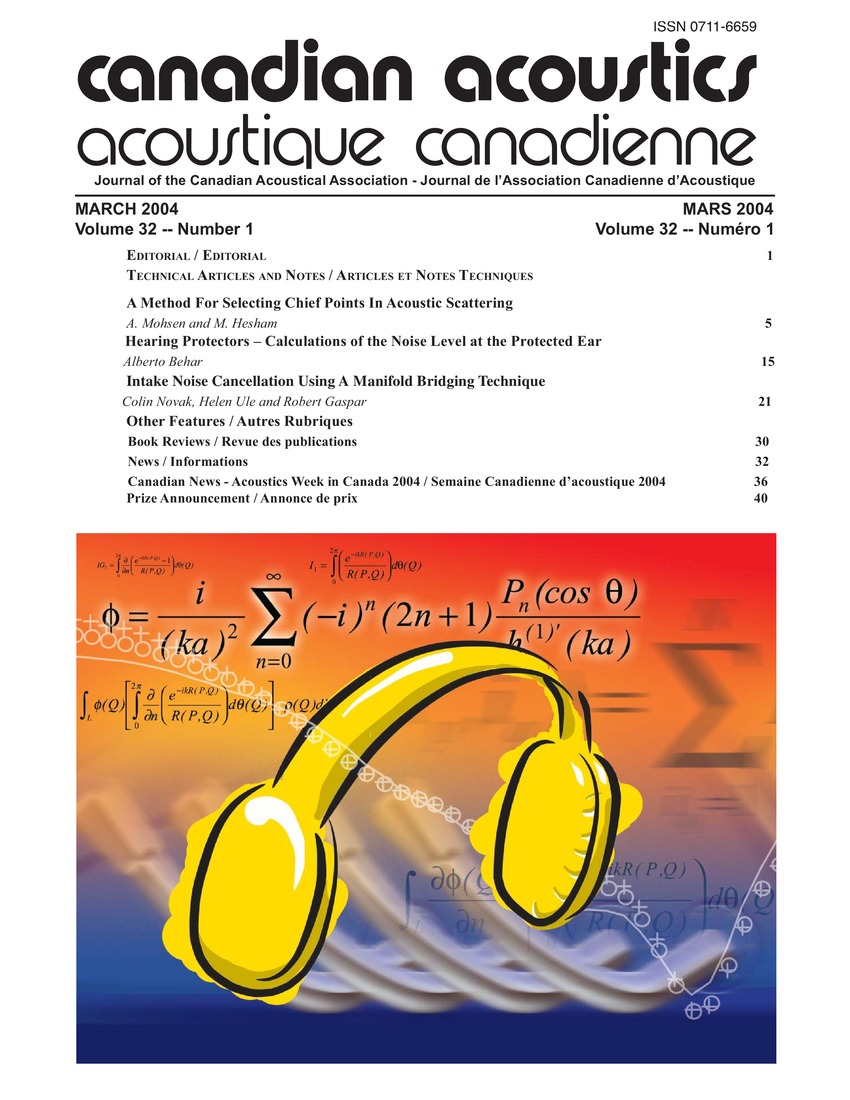Intake noise cancellation using a manifold bridging technique
Keywords:
Acoustic wave propagation, Acoustic waves, Acoustics, Aerodynamics, Attenuation, Automobiles, Computer simulation, Finite difference method, Mathematical models, Turbulence, Wave equations, Induction noise, Manifold bridge technique, Noise cancellation, Sound quality analysisAbstract
Automobile manufacturers have expended considerable efforts to attenuate the many noise sources perceived within the passenger compartment with varying degrees of success. Given that these dominant noise sources have been attenuated, induction noise has become more noticeable. The present study investigates the feasibility of using a non-conventional noise cancellation technique. The investigation has attempted to improve the acoustic performance of the induction system by introducing a bridge between the exhaust and intake manifolds. The effectiveness of such a technique is investigated using Ricardo WAVE, a computational engine simulation technique that uses a one-dimensional finite-difference formulation. Graphical results using 1/12th octave frequency spectra and three dimensional colour maps of both an unmodified and abridged engine are presented for both steady state and transient engine cases. A sound quality analysis is also presented using the psychoacoustic metrics of Loudness, Fluctuation Strength and Articulation Index. While a reduction in overall sound level was achieved, an additional benefit of this technique proved to be in the realized sound quality of the induction noise with the implementation of the manifold bridge. This investigation continues with verification of the theoretical model to experimental measurements on a dynamometer.Additional Files
Published
How to Cite
Issue
Section
License
Author Licensing Addendum
This Licensing Addendum ("Addendum") is entered into between the undersigned Author(s) and Canadian Acoustics journal published by the Canadian Acoustical Association (hereinafter referred to as the "Publisher"). The Author(s) and the Publisher agree as follows:
-
Retained Rights: The Author(s) retain(s) the following rights:
- The right to reproduce, distribute, and publicly display the Work on the Author's personal website or the website of the Author's institution.
- The right to use the Work in the Author's teaching activities and presentations.
- The right to include the Work in a compilation for the Author's personal use, not for sale.
-
Grant of License: The Author(s) grant(s) to the Publisher a worldwide exclusive license to publish, reproduce, distribute, and display the Work in Canadian Acoustics and any other formats and media deemed appropriate by the Publisher.
-
Attribution: The Publisher agrees to include proper attribution to the Author(s) in all publications and reproductions of the Work.
-
No Conflict: This Addendum is intended to be in harmony with, and not in conflict with, the terms and conditions of the original agreement entered into between the Author(s) and the Publisher.
-
Copyright Clause: Copyright on articles is held by the Author(s). The corresponding Author has the right to grant on behalf of all Authors and does grant on behalf of all Authors, a worldwide exclusive license to the Publisher and its licensees in perpetuity, in all forms, formats, and media (whether known now or created in the future), including but not limited to the rights to publish, reproduce, distribute, display, store, translate, create adaptations, reprints, include within collections, and create summaries, extracts, and/or abstracts of the Contribution.


